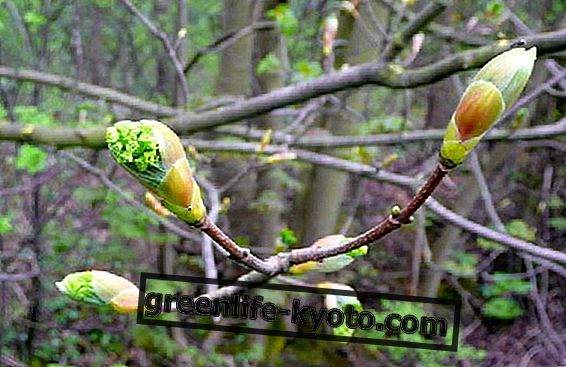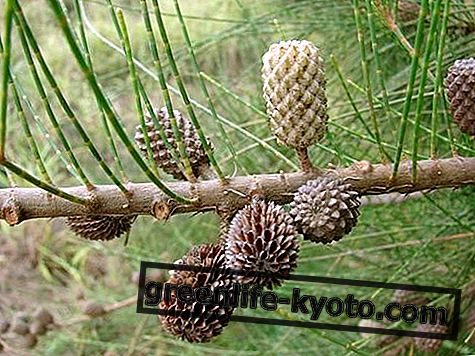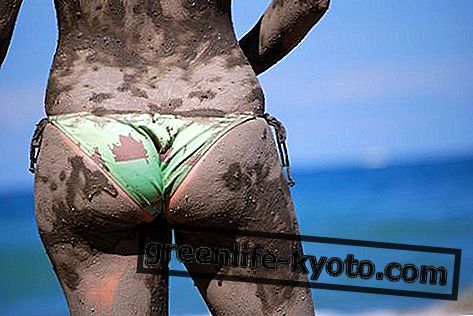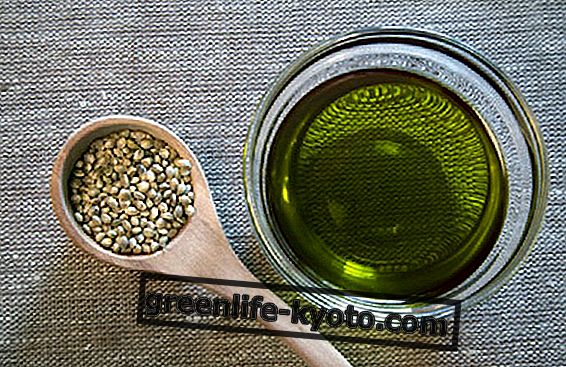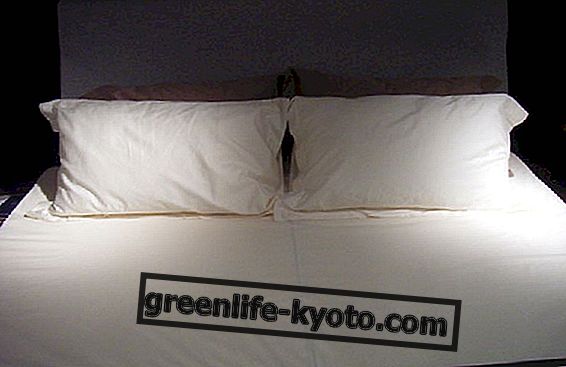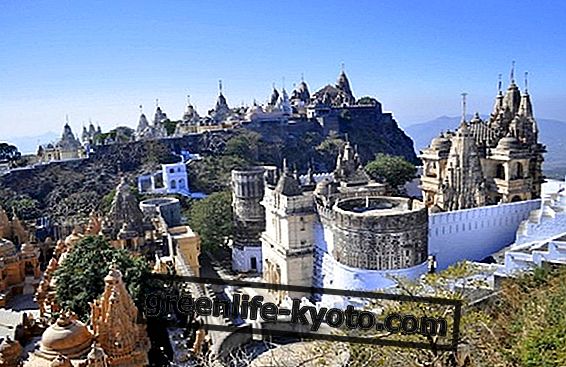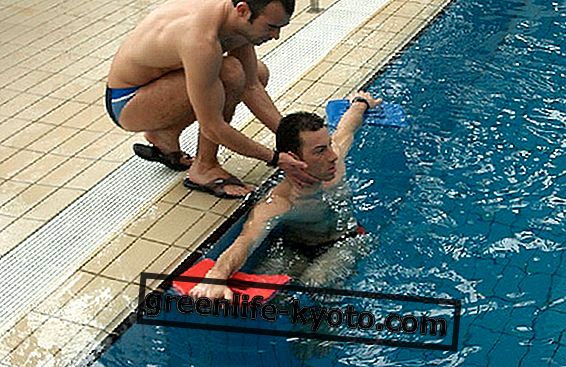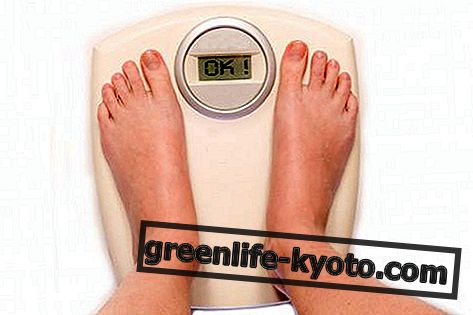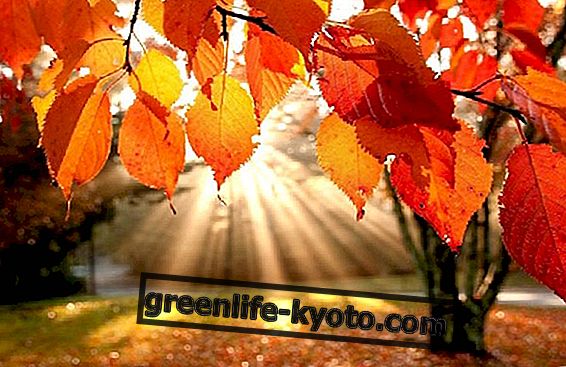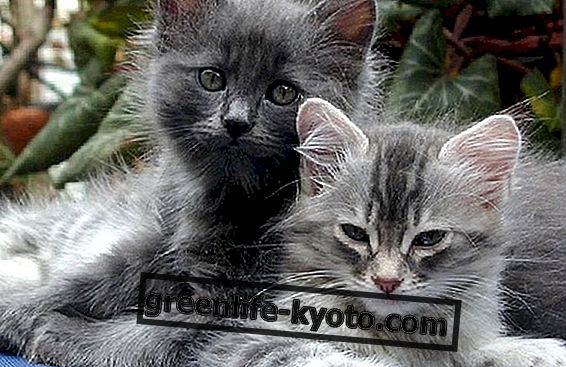
The general situation in Italy reports that many families are increasingly unhappy with traditional schooling and would like, or already choose, alternative methods for their children's education.
Many schools have thus been born on the Italian territory, alternatives to the classical methodology of Italian public schools and in recent years these realities are literally exploding in number, responding to the strong need to have an alternative for the education of children.
In the traditional Italian school there are specific programs for each school year and the educational method is usually to impart knowledge to the students without having the freedom to choose what to learn, how and with what method to learn it, when to do it and with whom to do it.
Alternative schools, on the other hand, have a different vision in which the child and his choices always come first .
In fact, they always give greater expression to the will of the child and the school thus becomes the place where the child can express his abilities and where he can develop his skills by autonomously making decisions on matters that concern him directly.
In alternative schools the basic vision sees the child as the spontaneous ability to learn, to relate and evolve freely and independently.
Let's get to know the most specific methods used in alternative schools that we can find in Italy.
The Montessori method
The Montessori schools are also known as "children's homes" just as Maria Montessori called them, in the early 1900s, of this methodology. The name indicates in itself how important the child is in this method and how attention is placed on it and its innate abilities.
In fact Maria Montessori creates this method by observing the spontaneous interest that children have towards knowing new things and the impulse to experiment new ways of acting. In fact, according to the Montessori method, e-ducare means "pulling out", allowing the child to extract the skills of knowing how to do and knowing how to be from one's inner resources.
The child is seen as a complete being and not as an empty vessel where it is necessary to put knowledge and teach behavior. Learning thus becomes one of the many effects through which the child develops his inner capacities and the error becomes a self-correcting resource in which the child becomes master of himself .
In the Montessori method there are many tools and teaching materials offered to the child in an appropriate and tailored space . Teachers are present and support the children without however directly intervening in the learning process in order to leave the child the freedom to self-develop his own abilities according to his own personal rhythms and with pleasure also to do and succeed on his own.
The only "rules" are linked to respect for objects and people: they are reminded not to break or misuse educational tools and not to disturb or beat other children.
Montessori schools have spread all over the world finding more supporters and consensus abroad than in Italy. However, even in our country there are currently more than 500 Montessori schools, both public and private, with over 40 thousand students with greater development in the infancy and primary school sectors.
The regions with the greatest number of Montessori schools, both public and private, are Lombardy, Marche, Lazio and Puglia.
Read also How to deal with a child's school anxiety >>
Streineriana School
The Steinerian school was born from the pedagogy conceived by Rudolf Steiner who, in the early twentieth century, also experimented and spread a wider philosophy based on a new vision of the man called anthroposophy .
The center of the methodology remains the child who must be left free to learn and develop his own potential without having any conditioning or imposition of any kind. According to Steiner , man is composed of three essential parts: body, soul and spirit : the physical part with the senses, the inner part with feelings and the upper part of ideals.
In Steiner schools, therefore, many activities are proposed to develop all the different parts of the child . For example, there are creative and manual activities with artisan processing of materials such as wood or artistic activities such as painting, sculpture, music but also sewing, cooking and gardening. The role of the teachers is to educate by supporting the child in his personal evolutionary process, thus leaving the most complete freedom in choosing the modalities and times needed by the child.
There are over 85 officially recognized Steiner schools in Italy with institutions of over 1200 students. Furthermore we can also count many other schools, especially private ones, which were born inspired and based on the ideology of the Steiner method.
In recent years these schools have even doubled the enrollment of students despite the crisis in which Italy finds itself, and this is always thanks to an alternative pedagogy model that is proposed.
School without backpack
The school without a backpack was born in recent years from the idea of Marco Orsi, head teacher of Lucca, who brought this new method to private schools before his province, then spread throughout the region and in Italy to 160 schools in Northern Italy, Tuscany and Puglia.
The idea comes from the observation of children's backpacks that in ordinary schools are forced to bring all materials from home, thus creating for each student a strong sense of possession of their objects as well as an attention increasingly focused on their individuality. This often results in comparison with others, in judgment and in "competition" for both material objects and the learning approach.
Instead, in this school without a backpack, the idea was to create welcoming and hospitable environments that invite children to share with common materials, benches positioned on islands together and the possibility of learning with tactile and digital tools that invite sharing.
The backpack that the children bring to school becomes so small and light that they can already find all the materials needed for the activities they will carry out at school . This education is therefore based on creating a sense of community, of sharing, of cooperation, of hospitality and also on the sense of responsibility.
Libertarian or democratic school
The libertarian schools do not have a coded teaching but they are the students together with the teachers themselves who, day by day, choose and organize the study subjects and the learning methods. Even the rules within the school are decided by the students, becoming also an excellent tool for educating themselves to give themselves limits and boundaries that are self-accepted and conform to their own feelings and to those of others.
In libertarian schools it is taken as a foundation that each child is different from the others and is able independently to choose what he wants to learn having the innate drive to grow and to know spontaneously. Leaving the children free to express themselves, everyone will find the way best suited to their potential and will ask educators for support to discover new topics and cognitive tools.
The libertarian school has no compulsory attendance and is, as the name implies, "free to be attended by children". It is curious to note that children who are brought from the traditional school to this alternative school take an initial period of time off activities, often staying out of class and then later choosing to participate freely in what they prefer to do and learn.
In Italy the first libertarian schools began to be developed in Bologna, Brindisi, Ancona, Verona, Genoa, Modena and Milan.
The Kiskanu libertarian school in Verona has more than 220 children who have passed the eighth grade exams and is one of the best known examples of a democratic school. Summerhill in England is one of the most participatory and longer-lasting realities.
Outdoor education: schools in the woods
The school in the woods or from the English " outdoor education " means precisely the method of being outdoors instead of in classrooms. In fact, these schools have a covered or an indoor space in which to do activities but they prefer as much as possible to stay and learn in nature.
Moreover, just the external environment, the green places and above all the woods become the ideal space to discover and learn about the world . What better experience to experience the 4 seasons in a forest by learning directly with your own hands, your skin and with your eyes how the world changes according to the seasons? Nature thus becomes the main teacher in these schools in the woods and with the curiosity of children the needs to which the teaching subjects and activities must respond are outlined.
In Italy the realities of schools in the woods are growing ever more numerous and are usually more structured in the pre-school age group. An example to remember are the agriasili that are born precisely from creating alternative educational realities for children aged 3 to 6 years in rural environments such as agricultural farms .
The census of schools in the woods has not yet been carried out but surely there are several dozens of experiences throughout Italy that are starting and experiencing this outdoor method. We recall the 2010 INFEA call for Environmental Education Centers which saw the birth of the "school in the woods" project in Emilia Romagna.
Homeschooling or parenteral school
As the name implies the Homeschool is the school organized at home, in familiar and common environments for the child. Also in this case there are no real didactic programs and the autonomy of the child is left free to choose the subjects of study and the activities to do.
Some realities may still be more structured than others depending on the educators and the children involved. In homeschool parents often become responsible for the direct education of their children or participate in this function together with professional educators .
The home environment is thus reorganized to also have the educational educational function and often this approach is shared with other parents who share education in common family spaces creating small communities and communities .
Family school is also known as a " school without school " and in Italy it is legally regulated with the right to be able to educate one's children at home without sending them to school. The recognition of knowledge and skills will take place by passing the traditional exams that take place in public schools.
In Italy this choice to educate children at home is starting to count more and more reality and also from Germany came a professional figure, the tagesmutter, who studied to use her own house for children's education, thus being able to offer an alternative of family school .
Usually they are a reality for children of pre-school age, the experiences of children studying at home in collective situations of 4-6 children will be able to develop more and more.
